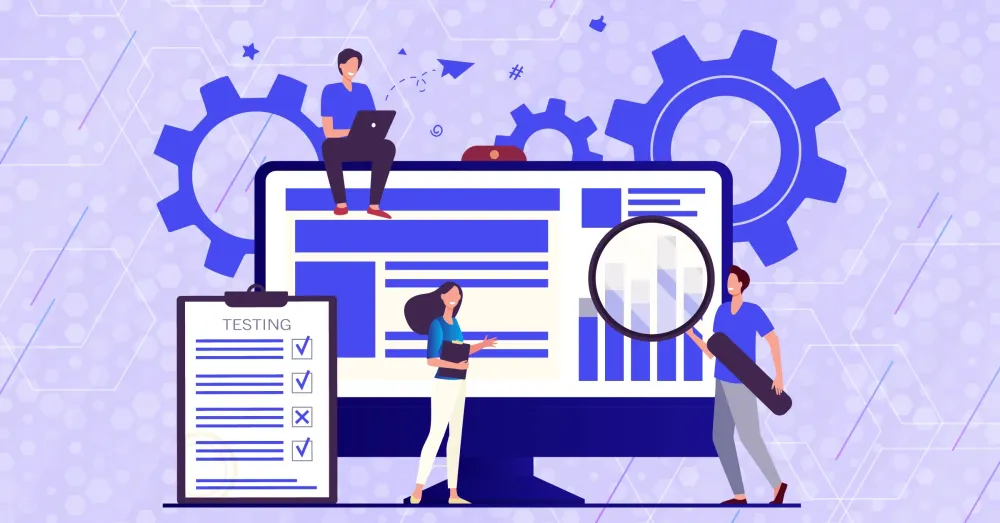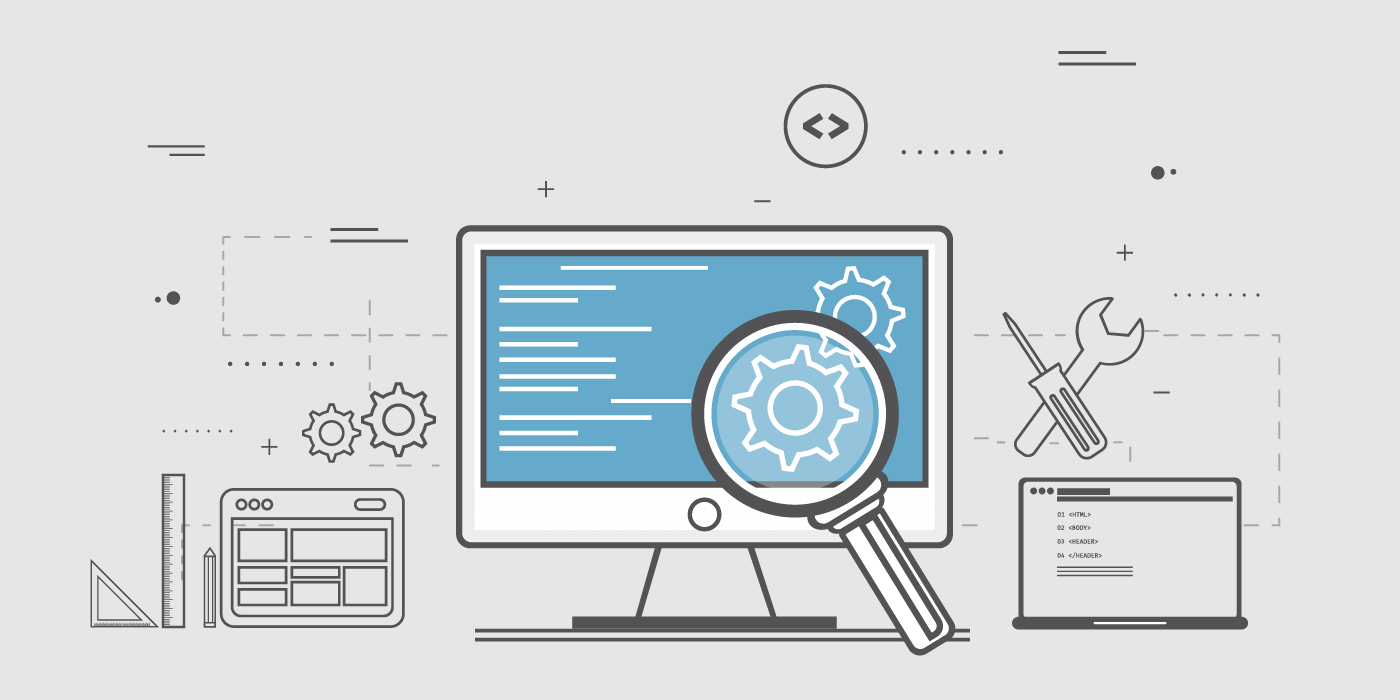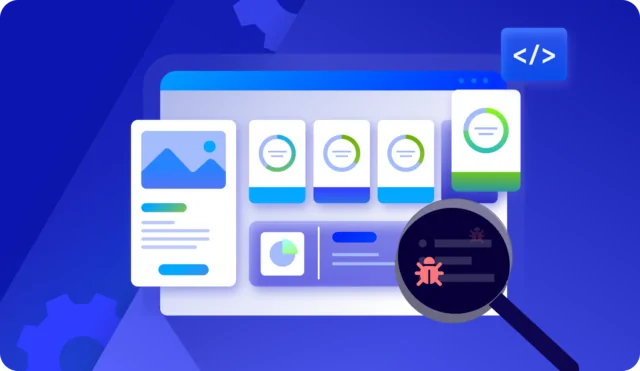
The web testing domain is a dynamic and ever-evolving landscape in software testing. The need for cutting-edge web testing approaches becomes increasingly evident as the digital world surges forward with new technologies and user expectations. To excel in software testing, especially automated testing, one must not only grasp the present methodologies but also stay in sync with the latest trends that shape the future. So, let’s embark on a journey to explore the latest web testing trends and discover how you can stay up-to-date with them.
The Foundation: A Glimpse into Software Testing
Before we delve into the latest trends, revisiting the bedrock of software testing is essential. At the core, software testing ensures that digital products – be it websites, web applications, or software platforms – function seamlessly, meet user expectations, and are free from glitches and vulnerabilities. The goal is to deliver functional but also reliable, secure, and user-friendly software.
What is web testing?

Web testing is a crucial aspect of software quality assurance that evaluates web-based applications to ensure they function correctly, perform efficiently, and provide an excellent user experience. It involves a comprehensive examination of various components of a web application, such as its functionality, compatibility, performance, security, and usability. Here’s an elaboration of the key aspects of web testing:
- Functionality Testing: This is the core of web testing and involves checking if the web application works as intended. Testers verify whether all features, links, forms, and interactive elements perform their designated functions. It also includes testing for user workflows and verifying that data is correctly processed and displayed.
- Compatibility Testing: With a multitude of web browsers, Chrome, Firefox, and Safari browsers online, operating systems Andriod, Windows, and iOS, and devices in use, compatibility testing is vital. It ensures that the web application works seamlessly across different browsers (like Chrome, Firefox, and Safari), operating systems (Windows, macOS, iOS, Android), and device types (desktop, mobile, tablet).
- Performance Testing: Performance testing assesses how a web application behaves under various load conditions. It includes load, stress, and scalability testing to determine how the application handles increased user traffic. This type of testing helps identify bottlenecks, response times, and resource utilization.
- Security Testing: In a world where cyber threats are a constant concern, security testing is paramount. It examines the web application for vulnerabilities that attackers could exploit. This includes testing for common security issues such as SQL injection, cross-site scripting (XSS), and data breaches.

- Usability Testing: Usability testing evaluates the user-friendliness of the web application. Testers assess how easily users can navigate the site, find information, and perform tasks. This testing considers page layout, content organization, accessibility, and user satisfaction.
- Regression Testing: With every update or code change, there’s a risk of introducing defects or breaking existing functionality. Regression testing ensures that new code changes don’t negatively impact previously tested features. It’s a critical part of maintaining application integrity.
- Cross-Browser Testing: As mentioned earlier, this ensures that the web application looks and works the same across various web browsers. It’s essential to provide a consistent experience to users, irrespective of their browser preferences.
- Load Testing: Load testing assesses the application’s performance under expected user loads. It helps identify the maximum number of concurrent users the application can handle before degrading in performance.
- Mobile Testing: With the proliferation of mobile devices, mobile testing ensures that the web application is responsive and functional on smartphones and tablets. It covers various aspects, including screen size compatibility and touch-based interactions.
- Accessibility Testing: This testing ensures the web application is accessible to disabled users. It checks if the site complies with accessibility standards (e.g., WCAG) and provides features like alt text for images and keyboard navigation.
- A/B Testing: A/B testing is a technique where two versions (A and B) of a web page are compared to determine which performs better in user engagement or conversions. It’s often used to optimize elements like call-to-action buttons and page layouts.
Web testing is a multi-faceted process that addresses numerous aspects of a web application’s functionality and performance. Its primary goal is to deliver a seamless, secure, and user-friendly web experience while ensuring the application remains reliable and robust, even as it evolves with new features and updates.
The Dawn of Web Testing

The emergence of web testing in the modern digital landscape signifies a significant shift in the focus of software testing. In this era, web testing has evolved into a specialized branch of software testing that plays a pivotal role in ensuring the success of web-based applications. Several key factors drive this evolution:
- Diverse Ecosystem: The digital age has created a diverse ecosystem of web-based applications, from e-commerce platforms and social media networks to online banking and cloud-based software. The sheer diversity and complexity of these web applications necessitate specialized testing methodologies.
- User-Centric Approach: With a growing emphasis on user experience, web applications must be flawless, responsive, and user-friendly. Testing goes beyond mere functionality and delves into usability, accessibility, and overall user satisfaction.
- Cross-Browser Compatibility: Cross-browser compatibility has become a critical concern in a world where users access the web from many browsers and devices. Web testing ensures that a web application functions consistently across this diverse landscape.
- Performance Expectations: Modern users expect web applications to be lightning-fast and highly responsive. Performance testing, a core component of web testing, ensures that applications meet these expectations even under heavy user loads.
- Security Challenges: With the increasing frequency of cyberattacks and data breaches, the security of web applications is paramount. Web testing includes robust security testing to identify vulnerabilities and protect sensitive data.
- Continuous Evolution: Web applications are in a state of continuous evolution. Frequent updates, new features, and bug fixes are the norm. Web testing adapts to this fast-paced environment, ensuring that every change is rigorously tested without compromising the integrity of the application.
- Device Proliferation: The proliferation of mobile devices and various operating systems further underscores the need for web testing. Testing now extends to mobile responsiveness, ensuring that web applications are accessible and functional on smartphones and tablets.
In this digital age, web testing is no longer an option but a necessity. It ensures web applications meet the exacting standards of the modern user. With its comprehensive approach encompassing functionality, performance, security, and user experience, web testing has emerged as an indispensable discipline. Its role in the digital landscape is critical, and its continued evolution is essential to meet the ever-growing demands of the web-based services that define our interconnected world.
The Web Testing Trends That Shape Tomorrow

Now, let’s unveil the latest trends redefining web testing and ushering it into the future.
1. Continuous Testing and DevOps
Continuous Testing, seamlessly integrated with the DevOps pipeline, is the trend that keeps web applications resilient in a world of rapid changes. It involves automated testing at every stage of development, ensuring that defects are caught early, and the software remains robust.
2. Cross-Browser Testing
In an era of diverse web browsers, cross-browser testing is indispensable. Ensuring a web application performs consistently across various browsers and their versions is crucial for a seamless user experience.
3. Performance Testing in the Cloud
With web applications scaling up to meet user demands, performance testing in the cloud is gaining prominence. Cloud testing platforms offer on-demand, scalable testing environments, making it easier to simulate real-world traffic and assess performance.
4. Shift-Left Testing
Shift-Left Testing is the strategy that brings testing to the earliest stages of development. It ensures that defects are identified and rectified as soon as they emerge, reducing the cost and effort of fixing issues later in the development cycle.
5. Test Automation
Automation is the backbone of efficient web testing. Test automation tools and frameworks expedite testing processes, improve test coverage, and reduce human error.
6. Security Testing
With cyber threats on the rise, security testing is a trend that’s here to stay. It involves assessing web applications for vulnerabilities and ensuring that sensitive data remains protected.
7. Artificial Intelligence and Machine Learning
AI and ML are transforming web testing by enabling intelligent test case generation, predictive defect analysis, and smarter testing strategies.
Staying Up-to-Date: The Quest for Knowledge

Now that we’ve glimpsed the latest trends, the question arises: How can one stay up-to-date with this ever-evolving landscape? Here’s the roadmap:
- Continuous Learning: Make learning an ongoing process. Invest in courses, certifications, and workshops that update you with the latest testing methodologies and technologies.
- Webinars and Conferences: Attend webinars, conferences, and seminars on web testing trends. They provide insights into industry developments and opportunities for networking.
- Community Engagement: Join online forums, social media groups, and communities related to software testing. Engaging with peers and experts can offer valuable knowledge.
- Blogs and Publications: Regularly follow blogs, articles, and publications in web testing. These sources often highlight emerging trends and best practices.
- Hands-On Practice: Apply what you learn in real-world scenarios. Experiment with new tools and techniques to gain practical experience.
- Certifications: Consider pursuing certifications in web testing, often requiring staying updated with industry trends.
- Cloud Testing Platforms: Embrace cloud testing platforms for on-demand, scalable testing environments. They streamline the testing process and keep you aligned with the latest trends.
Conclusion
In the ever-evolving realm of web testing, staying ahead of the latest trends is not an option but a necessity. Web testing professionals must evolve as web applications reshape our digital landscape. Embracing trends like continuous testing, cross-browser testing, performance testing in the cloud, and security testing ensures that web applications meet the highest quality, security, and user satisfaction standards. The journey of web testing is an expedition into the future, where each trend is a milestone on the path to excellence. So, embark on this journey, stay curious, and embrace the future of web testing with open arms.









